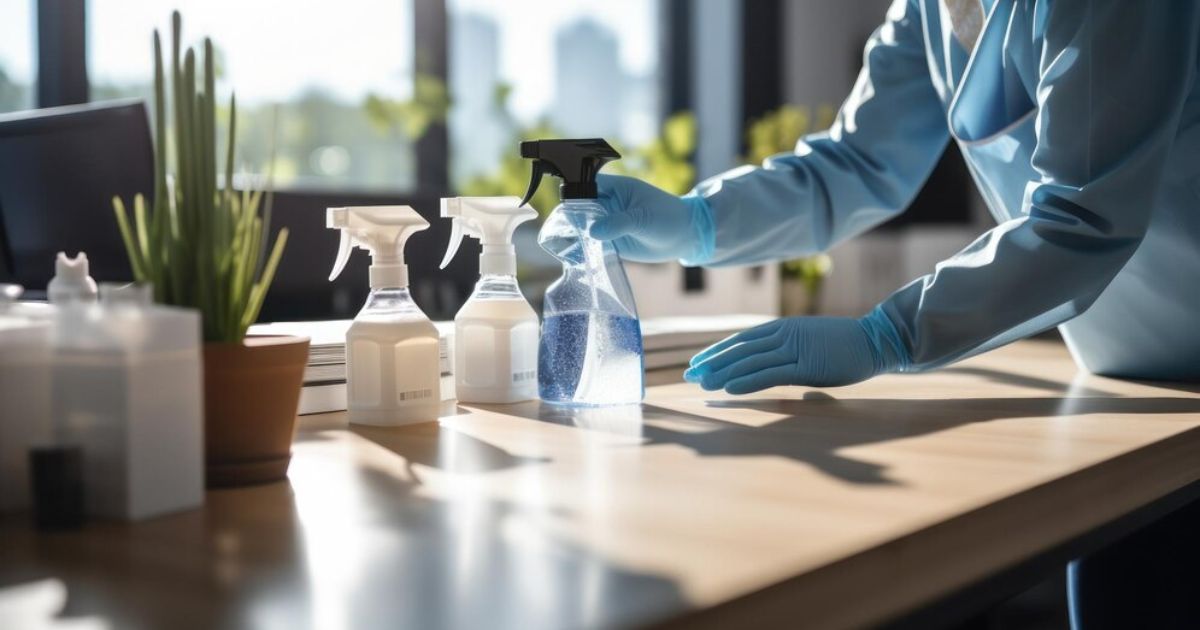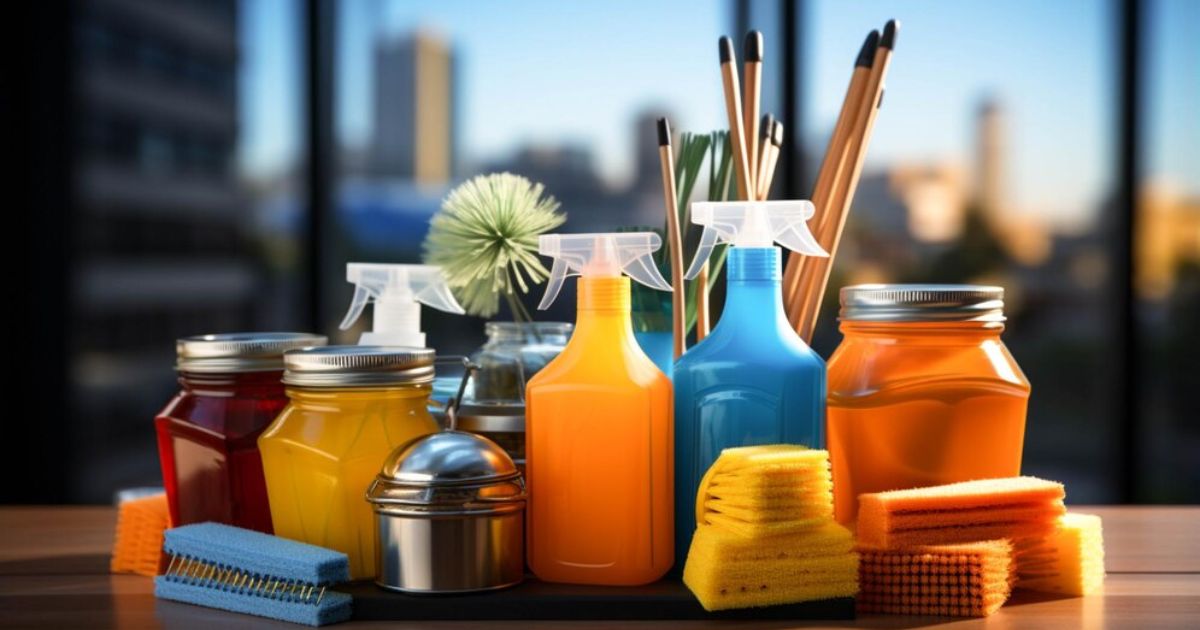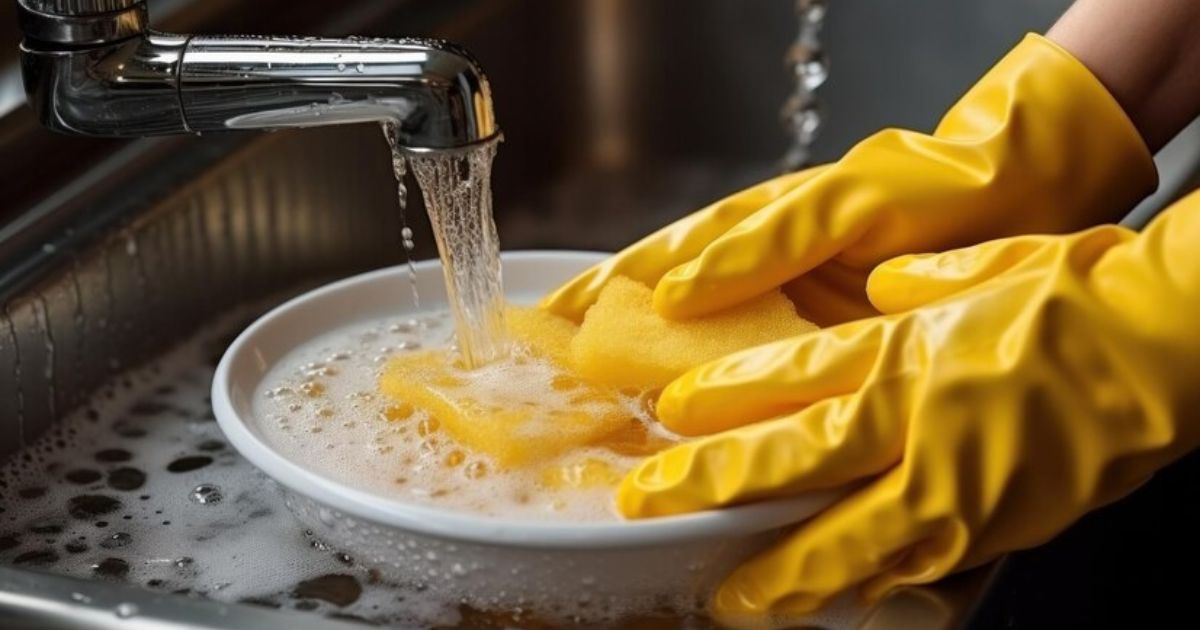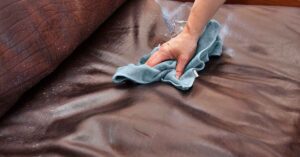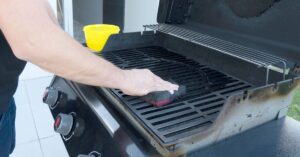“Did you know that proper cleaning of utensils is crucial not only for maintaining hygiene but also for prolonging their lifespan? In this article, we will delve into the most effective method for cleaning dirty utensils. By following this thorough and precise approach, you will be able to eliminate stubborn stains and residues, ensuring that your utensils are impeccably clean and ready for use. Join us as we explore the key steps to achieving spotless and sanitary utensils. Wondering about the cleaning lady cost per hour? We’ll cover that too!”
Key Takeaways
- Proper utensil cleaning is essential for maintaining hygiene and preventing the spread of harmful bacteria.
- Pre-rinsing utensils before cleaning helps remove visible dirt and improve cleaning efficiency.
- Hot water and dish soap are effective in dissolving dirt, killing bacteria, and removing tough stains from utensils.
- Thorough rinsing and proper drying of utensils are important to prevent bacteria growth and prolong their lifespan.
Importance of Proper Utensil Cleaning
Proper utensil cleaning is of utmost importance for maintaining hygiene and preventing the spread of harmful bacteria. When we use utensils for cooking and eating, they come into contact with various types of food, including raw meat, vegetables, and dairy products. If these utensils are not cleaned properly, they can become a breeding ground for bacteria, leading to foodborne illnesses.
By ensuring that utensils are thoroughly cleaned after each use, we can eliminate the risk of cross-contamination and protect ourselves and our loved ones from potential health hazards. Additionally, proper utensil cleaning promotes a clean and inviting environment, creating a sense of belonging and comfort for both guests and residents. To achieve this, it is essential to gather necessary cleaning supplies, which we will discuss in the next section.
Gather Necessary Cleaning Supplies
To effectively clean dirty utensils, it is necessary to gather the appropriate cleaning supplies. Having the right tools and products on hand will ensure that the cleaning process is thorough and efficient. Start by gathering a sink or basin, dishwashing liquid or detergent, a scrub brush or sponge, and a drying rack or towel.
These supplies will help in removing food particles, grease, and stains from the utensils. Additionally, consider using gloves to protect your hands from hot water or harsh chemicals. By preparing all the necessary cleaning supplies beforehand, you can streamline the cleaning process and ensure that all utensils are properly cleaned and sanitized. With the cleaning supplies ready, it is time to move on to the next step: pre-rinsing the utensils.
Pre-Rinse the Utensils
Before proceeding with the cleaning process, it is important to pre-rinse the utensils to remove any loose debris or food particles. This step ensures that the utensils are properly cleaned and sanitized. Here are three key reasons why pre-rinsing is crucial:
- Removal of visible dirt: Pre-rinsing helps to eliminate any visible dirt, such as leftover food particles, sauces, or oils. This initial rinse makes it easier to effectively clean the utensils later on.
- Prevention of cross-contamination: Pre-rinsing helps to prevent cross-contamination by removing any bacteria or germs that may be present on the utensils. This step is particularly important when handling raw meat or eggs to avoid the spread of harmful pathogens.
- Improved cleaning efficiency: By pre-rinsing the utensils, you are making the cleaning process more efficient. Removing loose debris beforehand allows the cleaning agents, such as detergent or sanitizer, to work more effectively in eliminating any remaining dirt or bacteria.
Use Hot Water and Dish Soap for Thorough Cleaning
Hot water and dish soap are essential for achieving a thorough cleaning of dirty utensils. The combination of hot water and dish soap creates a powerful cleaning solution that effectively removes grease, grime, and food particles from the utensils. Hot water helps to dissolve and loosen the dirt, making it easier to remove. Additionally, the heat from the water helps to kill bacteria and other harmful microorganisms that may be present on the utensils. Dish soap, on the other hand, is specifically formulated to break down grease and remove tough stains. It contains surfactants that help to lift dirt and food particles from the surface of the utensils, leaving them clean and sanitized. By using hot water and dish soap, you can ensure that your utensils are thoroughly cleaned and ready for use. In the next section, we will discuss how to scrub away stubborn stains and residues for an even more pristine finish.
Scrub Away Stubborn Stains and Residues
After thoroughly cleaning your utensils with hot water and dish soap, it is important to address any stubborn stains and residues that may still be present. To effectively scrub away these stubborn stains and residues, follow these steps:
- Use a sponge or a scrub brush: Choose a tool that is appropriate for the material of your utensils. A sponge works well for non-stick surfaces, while a scrub brush is more suitable for tougher stains on metal or ceramic utensils.
- Apply a cleaning agent: Use a specialized utensil cleaner or make a paste using baking soda and water. Apply the cleaning agent to the stained area and let it sit for a few minutes to loosen the residue.
- Scrub gently but firmly: Using the sponge or scrub brush, scrub the stained area in circular motions. Apply enough pressure to remove the stain, but be careful not to damage the surface of the utensil.
Rinse the Utensils Thoroughly
To ensure complete cleanliness, it is essential to thoroughly rinse the utensils after scrubbing away stubborn stains and residues. Rinsing the utensils removes any remaining dirt, soap residue, or cleaning agents, ensuring that they are safe to use for cooking or eating. When rinsing, it is important to use clean running water and ensure that all surfaces of the utensils are thoroughly rinsed, including the handles, crevices, and edges.
Pay particular attention to areas that are prone to collecting food particles, such as the tines of forks or the blades of knives. By rinsing the utensils thoroughly, you can remove any remaining contaminants and ensure that they are ready for use.
Properly Dry and Store the Cleaned Utensils
To ensure optimal cleanliness, it is crucial to thoroughly dry and appropriately store the cleaned utensils. Properly drying and storing utensils not only prevents the growth of bacteria but also prolongs their lifespan. Here are three key steps to follow:
- Air-drying: After washing the utensils, place them in a dish rack or on a clean towel to air-dry completely. Make sure to leave enough space between each utensil to allow proper airflow and prevent moisture buildup.
- Hand-drying: For a more immediate drying method, use a clean kitchen towel to dry the utensils manually. Ensure that the towel is clean and free from any lint or contaminants that could transfer onto the utensils.
- Appropriate storage: Once the utensils are dry, store them in a clean and dry drawer or cabinet. Avoid overcrowding, as it can lead to scratching or damage. Consider using dividers or organizers to keep utensils separated and easily accessible.
Following these steps will help maintain the cleanliness and functionality of your utensils, ensuring they are ready for use whenever needed.
FAQ,s
How Often Should I Clean My Utensils?
The frequency of cleaning utensils depends on factors such as usage, type of food residues, and hygiene standards. Proper cleaning and sanitization should be done after each use to prevent cross-contamination and maintain a safe and hygienic kitchen environment.
Can I Clean Utensils in the Dishwasher Instead?
Using a dishwasher for utensil cleaning is a common choice. However, it may not always be the most effective method, as some materials and types of dirt may require manual cleaning for optimal results.
Is It Necessary to Wear Gloves While Cleaning Utensils?
While wearing gloves is not necessary for cleaning utensils, it can provide protection against potential harm from hot water, harsh cleaning agents, or sharp edges. It is recommended for individuals who prefer an added layer of safety.
What’s the Best Method for Cleaning Utensils Made of Different Materials?
When it comes to cleaning utensils made of different materials, it is crucial to use appropriate methods. By considering factors such as the type of material, degree of dirtiness, and any specific cleaning instructions, we can ensure effective and safe cleaning.
Are There Any Special Precautions I Should Take While Cleaning Sharp Utensils?
When cleaning sharp utensils, it is important to take special precautions to prevent accidents. Always wear protective gloves and handle sharp objects with care. Use a brush or sponge to remove debris, and wash with hot soapy water.
Conclusion
In conclusion, proper cleaning of dirty utensils is essential for maintaining hygiene in the kitchen. By following a few simple steps, such as pre-rinsing, using hot water and dish soap, scrubbing stubborn stains, thoroughly rinsing, and properly drying and storing utensils, you can ensure that your utensils are clean and safe to use. Just like a well-cooked meal requires the right ingredients and techniques, a well-cleaned utensil ensures a healthy and enjoyable dining experience.
